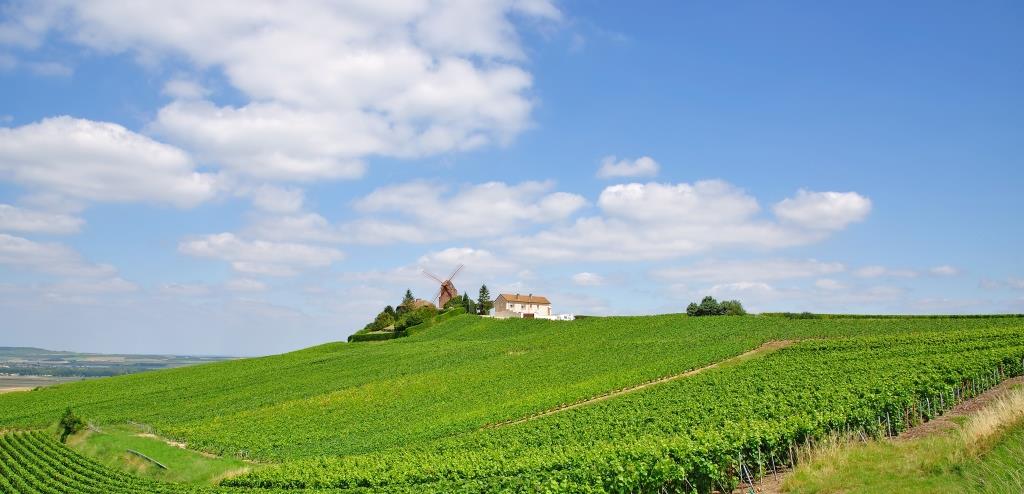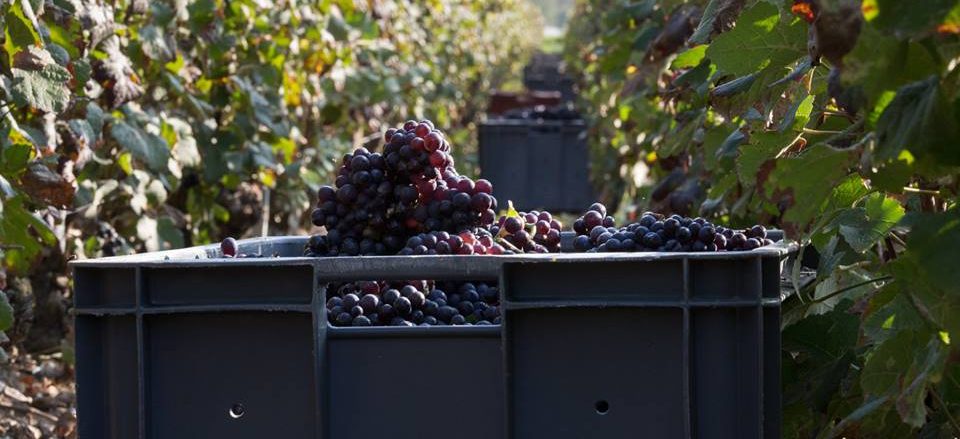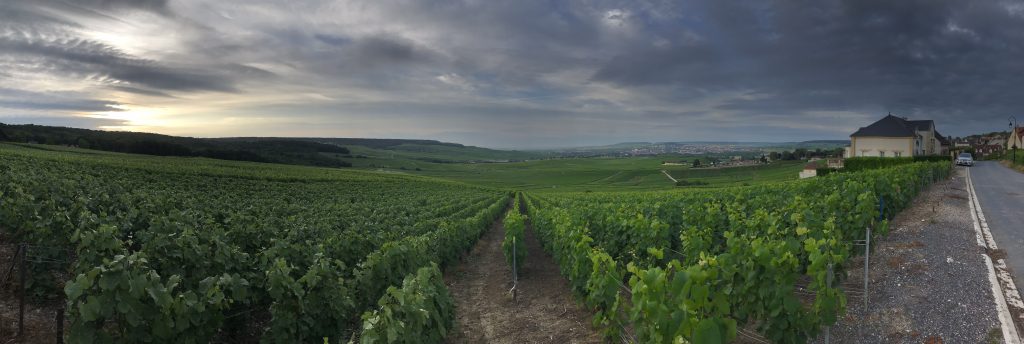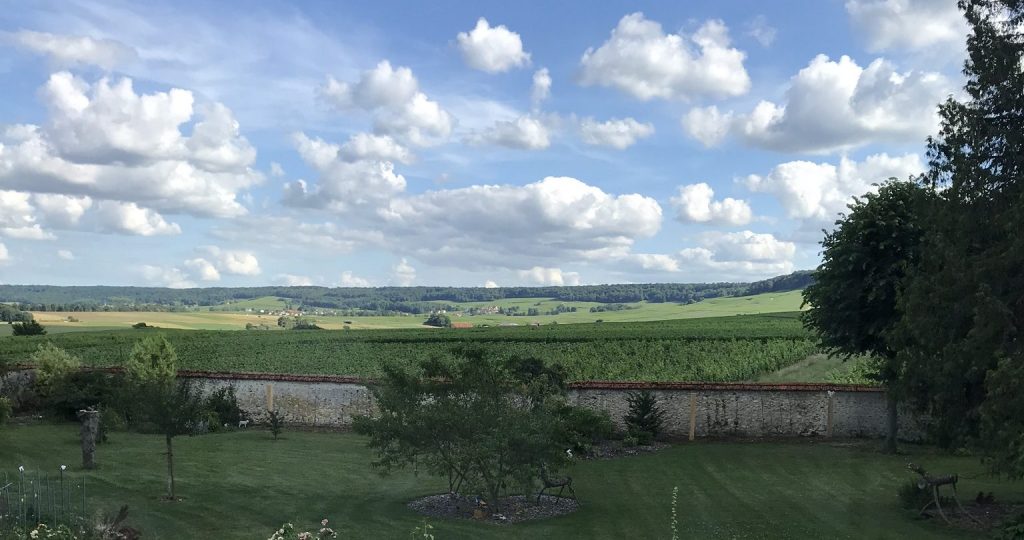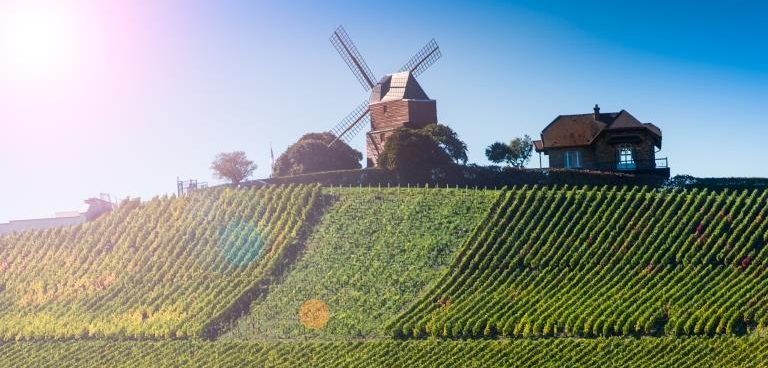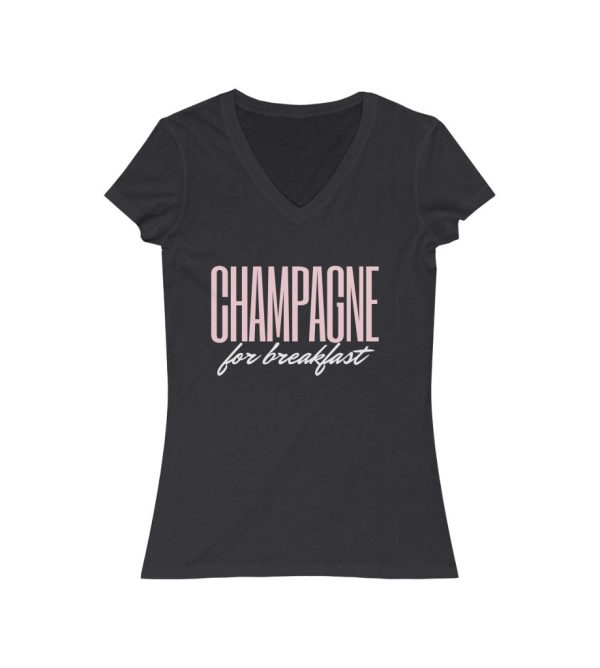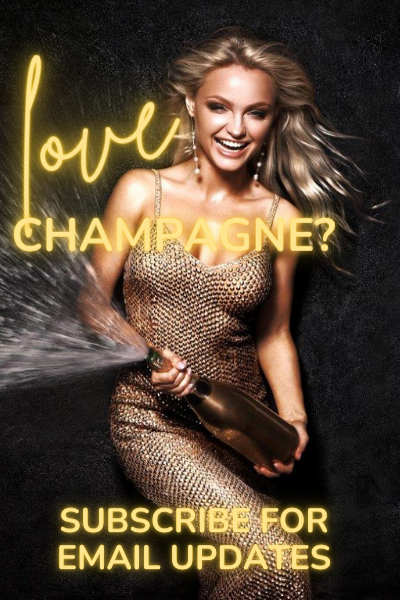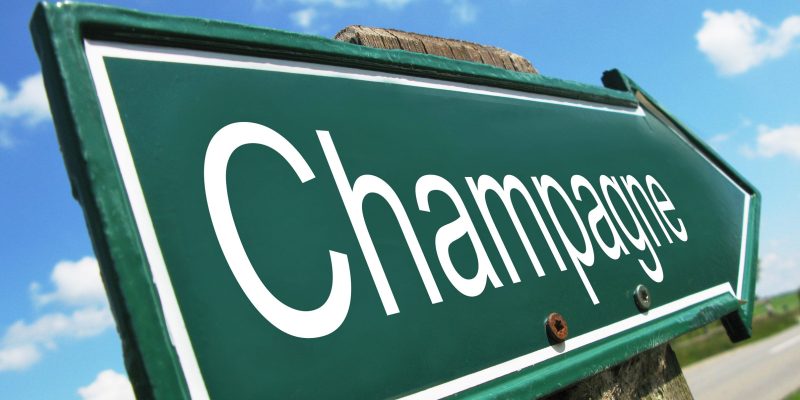
What Makes A Wine “French Champagne”?
Quite simply… French Champagne must come from the Champagne region of France. And you don’t need to say “French Champagne” because champagne is exclusively French.
If you’ve got some wine-snob friends and you want to try to impress them with your vast knowledge and posh wine vocabulary, you might want to be a smarty-pants and say “it’s the Champagne appellation”.
Champagne Appellation
An appellation is just the fancy name or official title given to a product made in a specific place. In the case of (French) champagne, the approval for villages and vineyards to be included in the Champagne appellation is very heavily regulated by a governing body body, the Comité Champagne (Comité interprofessionnel du vin de Champagne). Or the CIVC for short.
On 22 July 1927 a law was passed defining the zone of Champagne production. The name Champagne was exclusively reserved for wines harvested and produced in the defined Champagne zone. The law also established regulations about quality including…
- The only authorised vine stocks were those traditionally grown in Champagne: Chardonnay, Pinot Noir, Pinot Meunier, Pinot Blanc, Pinot Gris, Arbane, Petit Meslier
In association with the AOC, there are now regulations to protect the quality of champagne covering practices for the entire process including:
- planting
- viticultural practices
- pressing
- pressing
- the winemaking process from start to finish
- labelling and packaging
Specifically, some of the main rules are:
- Yield – Regulations governing the training and pruning of vines, their height, spacing and planting density. The aim is optimise fruit quality through high-density (8,000 plants per hectare) low-yield vineyards
- Method of pruning: Royat, Chablis, Guyot, Vallée de la Marne
- Minimum potential alcohol content of newly harvested grapes
- Maximum alcohol level of 11% after the fermentation
- Mandatory approval for all press centres
- Press yields – set at 102 litres of must per 160kg grapes (up from 150 kilos)
- Rules forbidding the bottling of wines until the second day of January following the harvest
- Aging – secondary fermentation in the bottle, and minimum periods of maturation on lees: 15 months for non-vintage Champagne and three years for vintage Champagne.
What this means is that every other kind of wine with bubbles made from grapes grown anywhere else in the world can only legally be described as “sparkling wine”. There are even sparkling wines made in other parts of France… but they’re still not champagne. Only sparkling wines made from
The real question is why are wines from the Champagne appellation so unique? Well, I could talk about this all day. Actually I write a champagne blog, so I quite literally do!
Why French Champagne is special?
While every step of the champagne making process contributes to making champagne special, most of those techniques can (and often are) applied to wine from other places around the world… but even then these wines would not taste like champagne. Because it is the region specifically that most influences the wine.
And there are two key elements at the heart of the unique champagne character…. the soil and the climate.
The Soil or terroir in Champagne
The soil… or “terroir” if you want to get all fancy and French. The terroir – pronounced tear-(as in ‘tear the paper’)-wah – in the Champagne region is mostly made up of different forms of limestone including chalk.
The exact composition varies slightly across the region but the ground in Champagne is basically full of the same stuff as the White Cliffs of Dover, something most people can recognise and relate to… and which happens to lie just across the English Channel from the champagne region (remember, Champagne occupies the north-east area of France, learn more here).
The chalk content of the soil gives the grapes grown in the region a very distinct chalky, mineral taste that is the foundation of the unique champagne character. And in a very practical sense, because chalk is highly porous it naturally holds water which ensures the grape vines always have enough water, even in very dry summers.
The climate in Champagne
The Champagne region sits at the northernmost limit for grape-wine growing areas. Due to its geography, Champagne experiences a surprisingly cool climate for grape growing, or more specifically for grape ripening (because it is warmth and sun that ripen grapes).
While this might be seen as a complication or a setback, it is actually the foundation for the second element of the unique champagne character… The cooler temperatures mean the grapes rarely fully ripen which leads to higher acidity and lower sugar in the grapes and the resulting wines, the other hallmark of all champagnes.
The region itself also provides both a solution and some balance to the ripening issue, as the geography blends the climatic patterns of both land and sea. The continental influences provide ideal sunshine in summer and the oceanic influences helps moisten the soil by bringing steady rainfall and minimal temperature variations year-round.
Read more about the Champagne region.
Up for some homework?
With a little practice you really will be able to taste the difference between French champagne and sparkling wines quite easily! Comparing champagne to sparkling wine is also a great way to help you detect and recognise the chalky minerality of champagne which I admit sounds very obtuse.
Why not hook up with a few friends, buy a few bottles and play a little “pick the champs” blind tasting game? Make sure you post a pic and tag @bubbleandflute #bubbleandflute #champagnehomework
Bubble & Flute promotes the responsible consumption of alcohol for individuals of legal drinking age in their country.

